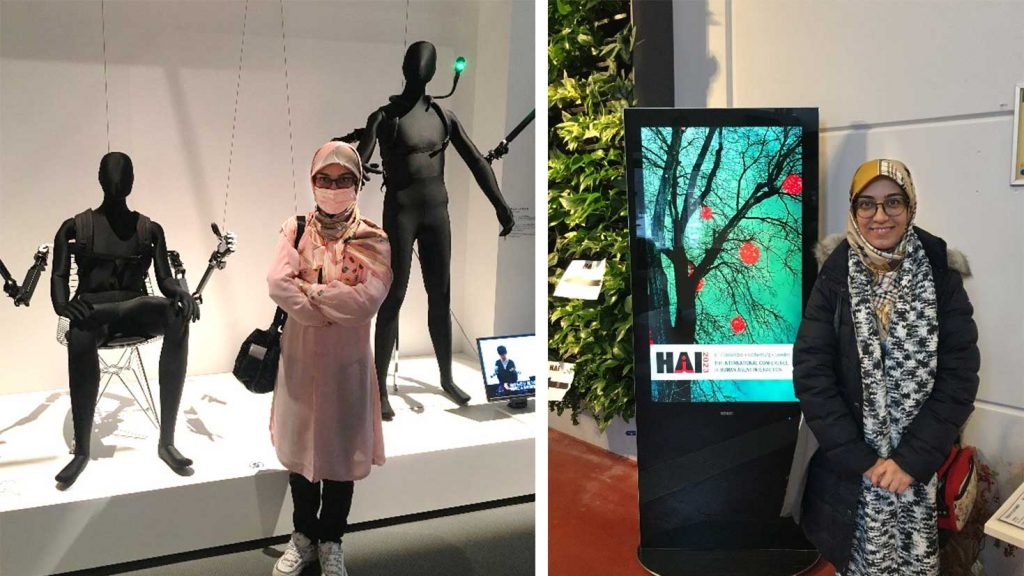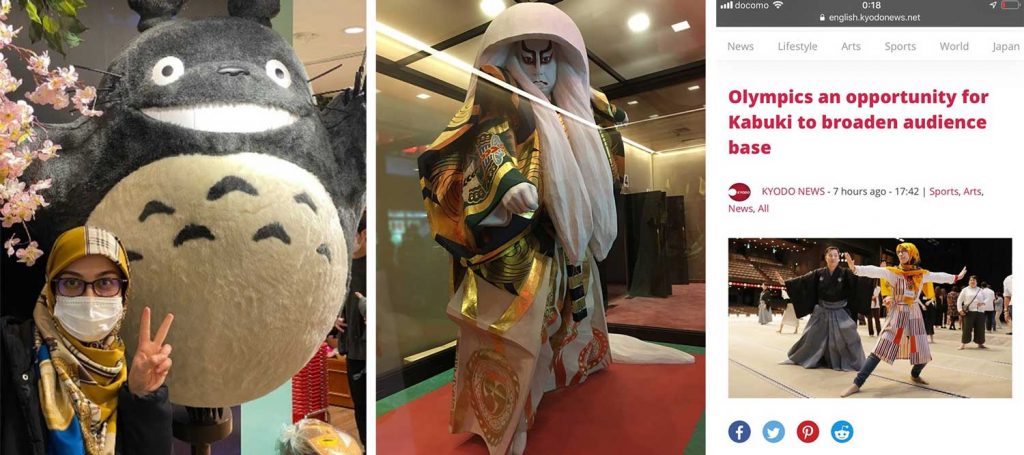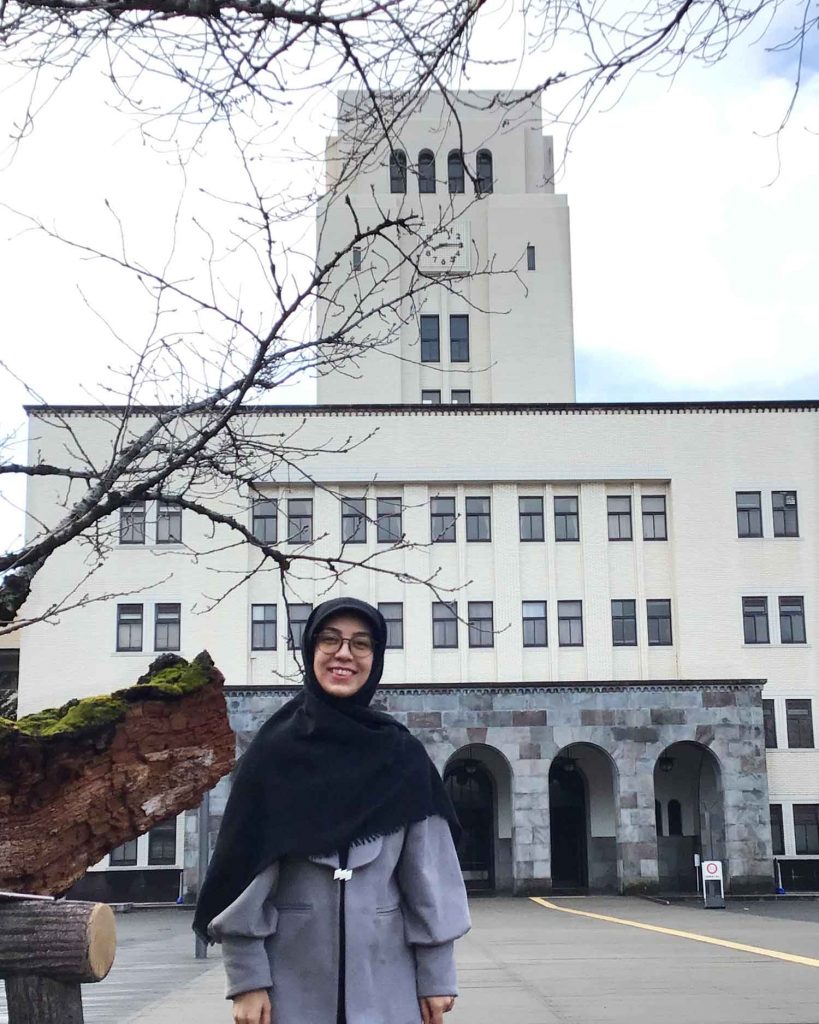It was 10:00 pm on September 26th at Narita Airport. There I was with nearly 50 kilograms of luggage, standing forlorn in the midst of the airport, tears welling up in my eyes, when a kind Japanese man came to my aid. Now, six years have passed since that moment (I find it hard to believe how time has flown) and here I am, standing on a culmination of joyous and poignant experiences of my life in the Land of the Rising Sun. As I prepare to leave, my heart is brimming with affection for this country and I would like to share some parting thoughts with you as my final words.
Academic Odyssey:
I am honored to have graduated from Tokyo Institute of Technology, renowned as one of the premier engineering universities. However, I note with regret that the university’s name will be changed, and you might as well be a student of the “Institute of Science Tokyo”. My research focused on the field of human-robot interaction, providing a unique opportunity to work with social robots in Japan, a nation at the forefront of this pioneering discipline. Engaging with the Japanese social robots allowed me to experience their real-life applications, acquaint myself with leading companies in the field, and gain insights into the Japanese perspective on emerging technologies. I believe that Japan’s distinct approach to technology development sets it apart from other countries, as I observed during my time at the Human-Agent Interaction (HAI) conference in Sweden. Japanese emphasis on practicality, durability, and user experience, coupled with pioneering knowledge, advanced tools and technologies, and we should use these technologies of Japan to know about their attributes and benefit from them.
Studying and living in Japan does come with its challenges as well, notably the copious paperwork that can be sometimes frustrating. Whatever you require for your research is provided, but it is sometimes buried in the midst of extensive paperwork, which may lead to the temptation of abandoning the pursuit. Nevertheless, this process cultivates organizational skills. Moreover, the Japanese academic environment is intense, characterized by weekly tests, lengthy classes, high passing grades, and a strong emphasis on participation, attendance, and punctuality. On the positive side, the safety measures in place allow for late-night work without concerns about security.
Finally, I think that Japanese academia’s focus on impactful results over the quantity of papers published. I believe this is indicative of their modest and shy cultural traits. My journey at Tokyo Tech has molded me into an organized, critical, and courageous researcher with a penchant for expressing ideas. The flexibility to explore new areas, coupled with a strong work ethic, has instilled in me a deep passion for research.

The Miracle of Nature:
If you ask me how I coped with the challenging and gloomy days during my studies in Japan; I would say that my solace was found in nature. A simple remedy involves boarding a train, reaching the nearest mountain, Takao san, and rejuvenating the soul amidst the refreshing ambiance and beauty of momiji leaves glowing in the sunlight. Japan’s natural landscapes, for me, represent a positive facet that makes life in this country both worthwhile and memorable
While Japan is renowned for its enchanting sakura season, I contend that autumn offers fierce competition, particularly with the presence of ancient ginkgo trees, reminiscent of the dinosaur era, transforming into vibrant hues of yellow alongside the radiant and colorful momiji trees. Thanks to Japan’s extensive transportation network, you have easy access to nearby natural wonders, allowing you to spend weekends immersed in the splendors of nature. Moreover, the wise urban design and engineering of Japan mean that you don’t need to go far to witness the beauty of nature. Everywhere in the city and even within Tokyo Tech, you can stroll along sakura and ginkgo-lined pathways. Finally, the meticulous cleanliness and well-organized urban spaces further enhance the enjoyment of Japan’s natural beauty, setting it apart from other countries

Social Encounters:
On my second day at the Senzokuike dormitory, located near the Ookayama campus, I decided to take a short walk to explore the campus for the first time. Even though it was a short walk, I managed to get lost and ended up pretty far from the dormitory. No internet, no idea where I was – total stress mode. Eventually, I sought assistance from individuals at a nearby shop. They graciously printed a map, marked the exact route, and guided me back to the dormitory. I never forgot it, and this experience was just one of many instances where Japanese locals extended their kindness to help me navigate unfamiliar situations. Their willingness to help out, especially in tight spots, has been a recurring theme during my time here. The social manners in Japan are something else and a remarkable aspect of the country – you never feel stuck. Well, almost never. There were a few serious situations where, if you’re not up to speed with the language, things can get tricky. But overall, looking back on my six years here, I’m overflowing with gratitude for all the kindness, support, and that unbeatable feeling of safety and confidence.

Muslim Life:
Japan presents both favorable and challenging aspects for Muslim life. On the positive side, there’s an overwhelming sense of respect and safety from the people, the freedom to perform religious prayers, and even considerations in daily amenities like toilets. However, the downside lies in the limited food options. The scarcity of Halal or vegan choices posed a significant challenge, preventing me from indulging in the rich variety of Japanese cuisine due to religious constraints. I really regret that I could not taste most Japanese foods.
Beyond Goodbye:
Finally, my life in Japan was a tapestry woven with threads of joy, happiness, depression, darkness, peace, and profound gratitude. The roots of my memories of Japan trace back to my childhood, a time when the majority of animations in my country’s media were Japanese anime – I practically grew up on them. The Wind Rises, a masterpiece by the esteemed animator Hayao Miyazaki, is my favorite anime. I watched it before coming to Japan, and my heart was filled with empathy and passion for it. Back then, I never thought I would live in the same country I had traveled through in the pages of the book Empire of Signs written by Roland Barthes. I had dreamed about strolling through charming alleys, adorned with women in kimonos, and watching a Kabuki theater show, inspired by the works of Akira Kurosawa, my favorite director. Life is funny, though – sometimes dreams just happen out of expectation and imagination.
So here I am, with Japan forever in my heart as my second home. Who would have thought those childhood dreams would become real? Life is full of surprises.

